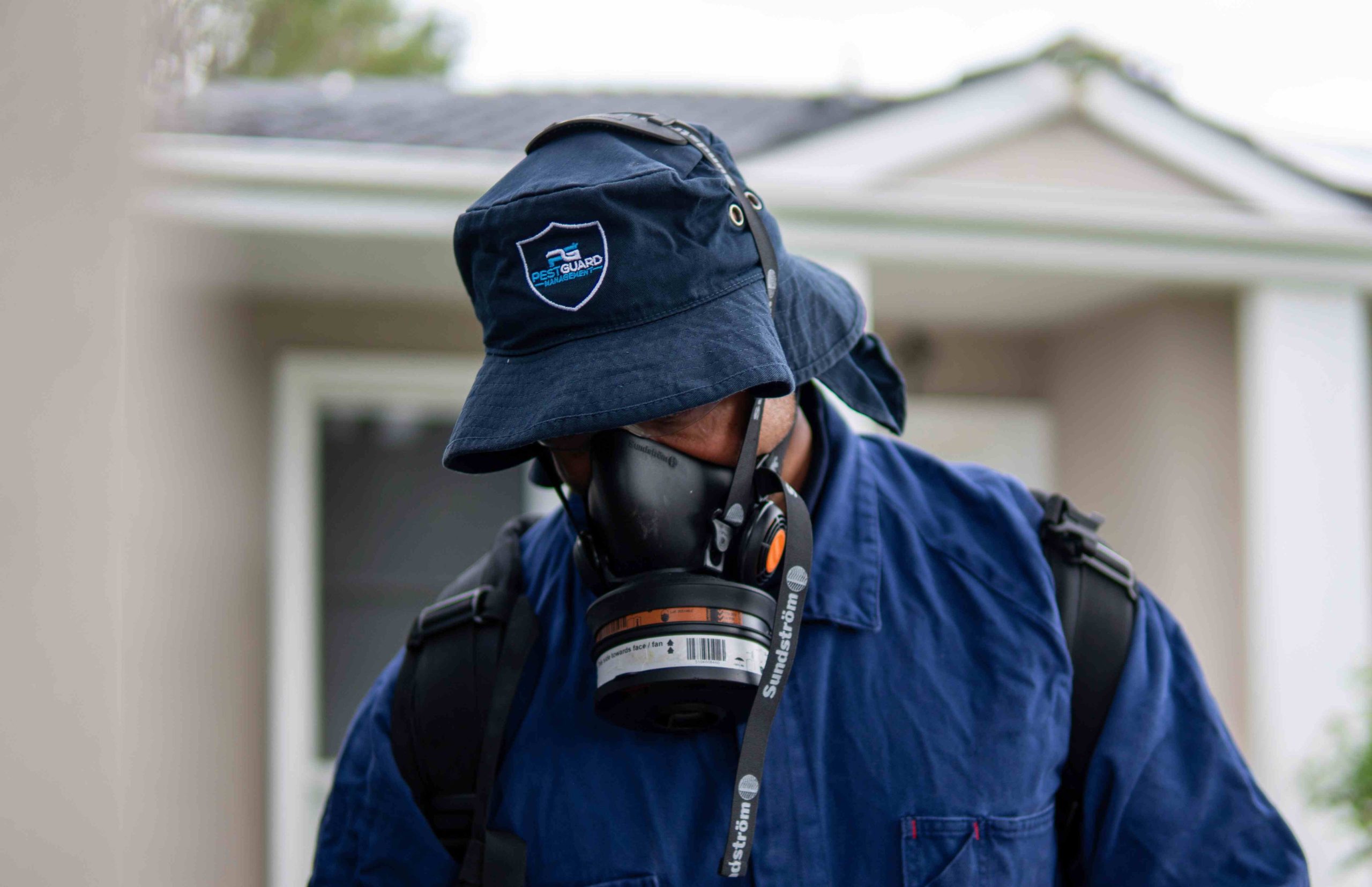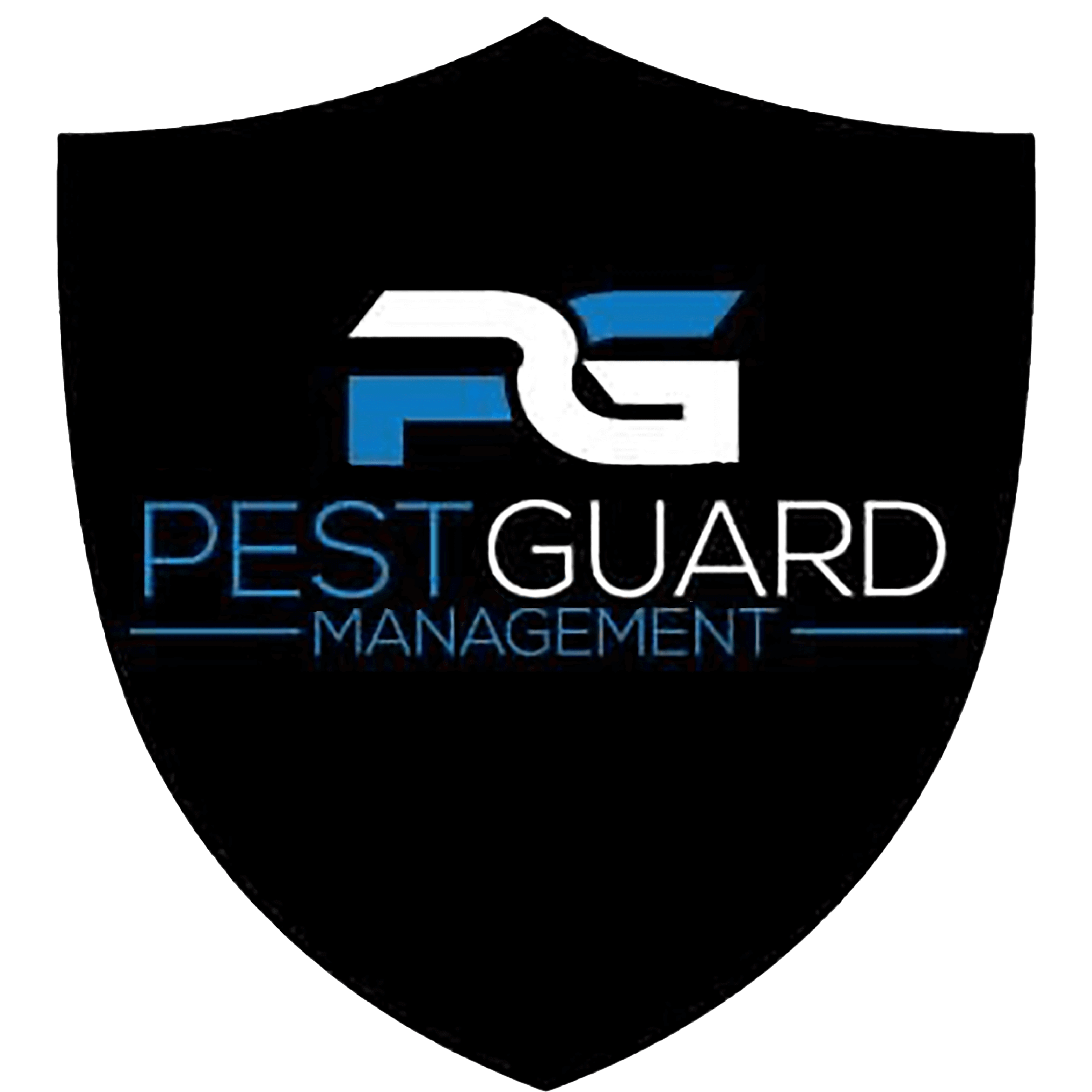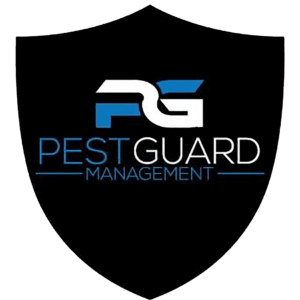
Integrated Pest Management (IPM) is a progressive and environmentally sensitive approach to pest control. Unlike traditional methods that may rely heavily on the use of chemicals, IPM incorporates an array of practices to prevent pest problems efficiently and with minimal harm to people and the environment. At PestGuard Management, our approach to pest control in Sydney revolves around this sophisticated strategy. This method not only effectively mitigates pest activity but also emphasises environmental safety and pest prevention, providing a comprehensive solution tailored to both residential and commercial properties. Here in Sydney, where urban and natural environments intertwine, the need for such an approach is particularly critical.
Key Takeaways
- Holistic Approach: IPM addresses the root of pest problems, not just the symptoms.
- Environmentally Friendly: Reduces the need for chemical interventions, promoting a safer environment.
- Sustainable Solutions: Focuses on long-term prevention and maintenance, rather than quick fixes.
What is Integrated Pest Management?
IPM is a multifaceted strategy that integrates various management tactics. Our services are not just about eliminating pests, but doing so in a way that maintains the ecological balance and minimises risks to human health. By choosing PestGuard Management for your IPM needs, you’re ensuring a comprehensive approach to pest control that prioritises environmental and public health. This involves:
- Assessment: Regular monitoring and identification of pests to determine whether a pest problem exists and what actions are necessary.
- Prevention: Taking steps to control pests by managing the ecosystem, such as by removing food sources and blocking entry points.
- Control: Implementing the least hazardous control methods first, including physical, mechanical, and biological means, and using chemical controls as a last resort.
How IPM Benefits Sydney’s Diverse Environments
In a bustling urban area like Sydney, the diversity of environments from residential to commercial and industrial means a one-size-fits-all approach to pest management is not viable. IPM’s adaptability allows it to be effectively implemented across various settings, making it an ideal choice for a city with such a rich mosaic of landscapes.
Moreover, Sydney’s commitment to environmental conservation aligns seamlessly with the principles of IPM. By reducing the reliance on chemical treatments and focusing on sustainable practices, as endorsed by the National Archives of Australia , IPM not only preserves local biodiversity but also protects the health of Sydney’s communities.
Explanation of IPM Practices for Commercial Properties in Sydney
For commercial properties in Sydney, implementing Integrated Pest Management (IPM) is not just about controlling pests but also about safeguarding the reputation and operational standards of the business. IPM practices in commercial settings focus on customised solutions that are effective, discreet, and minimal in their environmental impact.
Custom Assessment and Monitoring
The first step in an effective IPM program for commercial properties is a thorough assessment and consistent monitoring. This involves identifying the specific pest pressures unique to the business and the environment. For example, food service establishments might battle with rodents and cockroaches, while office buildings might face issues with ants or silverfish. Regular monitoring with strategically placed traps and visual inspections helps to identify new pest activities early, ensuring that interventions are timely and targeted.
Preventive Actions
Preventive measures are the cornerstone of Urgent Integrated Pest Management (IPM). In commercial spaces, this means integrating pest-proofing as part of regular maintenance routines. Simple steps such as sealing cracks and crevices, ensuring proper waste management, and maintaining clean and clutter-free environments can significantly reduce pest attraction. Additionally, addressing the issue concerning rodent bait is crucial to ensure it is used safely and effectively. Modifying landscaping practices to avoid plant species that are known to attract pests can also be an effective preventive strategy.
Non-Chemical Methods
When pests are detected, the IPM approach prioritises non-chemical methods first. Physical barriers, such as screens and air curtains, can be effective in keeping flying insects out of areas where food is processed or served. Mechanical tools like traps and vacuuming can be employed to remove pests without the use of chemicals. For certain pests like rodents, bait stations with non-toxic baits can be used to monitor and control their population.
Responsible Chemical Use
While the goal of IPM is to minimise the use of chemicals, there are circumstances where chemical interventions are necessary. In such cases, the choice of pesticide and the method of application are carefully considered to ensure minimal environmental impact and human exposure. Spot treatments with targeted applications are preferred over blanket spraying. The chemicals used are selected for their effectiveness on the intended pests while being the least harmful to non-target organisms and the environment.
Employee Training
An often overlooked but critical component of a successful IPM program in commercial settings is employee training. Staff should be educated on the basics of IPM, signs of pest activity, and proper sanitation practices. This empowers employees to contribute to preventive measures and to alert management to potential issues early on. Regular training updates can reinforce the importance of these practices and keep pest management proactive rather than reactive.
Documentation and Compliance
For commercial properties, particularly those in industries like food service or healthcare, documentation is vital. Maintaining records of pest incidences, the measures taken, and the results achieved not only helps in refining the IPM strategy but also ensures compliance with health and safety regulations. Utilising resources like the CSIRO Research Publications Repository can enhance your understanding and methods. Documentation provides a track record that can be crucial during inspections or audits.
Benefits of IPM for Commercial Properties in Sydney
Implementing an IPM program offers numerous benefits for commercial properties in Sydney. These benefits extend beyond just effective pest control:
- Enhanced Health and Safety: By reducing reliance on chemical treatments, IPM contributes to a healthier environment for employees and customers.
- Cost-Effectiveness: While IPM may require more upfront effort and resources, it leads to more sustainable outcomes, reducing the need for frequent and expensive chemical treatments.
- Regulatory Compliance: Many commercial businesses are subject to strict regulations regarding pest control and workplace safety. IPM helps ensure that businesses meet these regulatory requirements more effectively.
- Protection of Assets: Pests can cause significant damage to physical assets, including buildings and stock. IPM helps protect these assets by preventing pest infestations.
- Reputation Management: A visible pest problem can severely damage a business’s reputation. IPM addresses pests discreetly and effectively, safeguarding the business’s public image.
Implementation Strategies for Commercial Properties
To implement IPM effectively in commercial settings, it is crucial to tailor the approach to the specific needs and challenges of the property. This includes:
- Engaging a Professional IPM Provider: Professional pest managers who specialise in IPM can offer valuable expertise and resources that many businesses may not internally possess.
- Regular Evaluations: The pest management program should be evaluated and adjusted regularly based on monitoring data and changing conditions in and around the property.
- Stakeholder Engagement: Engaging everyone from the management team to the staff and even tenants or customers can be crucial. Their cooperation and participation can make or break the effectiveness of the IPM strategy.
By understanding and implementing these IPM practices tailored specifically for the dynamic and diverse environments of commercial properties in Sydney, businesses can enjoy not just a pest-free environment but also one that contributes to their sustainability and operational excellence. This strategic approach not only positions your business as proactive in pest management but also enhances your reputation as the best pest control company in Sydney, dedicated to effective and environmentally conscious solutions.
Conclusion
Embrace a smarter, safer approach to pest control with Integrated Pest Management. At PestGuard Management, we are dedicated to providing Sydney with environmentally responsible and effective pest solutions. Contact us today to learn how we can help protect your home or business from pests in a sustainable way.
FAQ’s
IPM is effective against a wide range of pests, including rodents, cockroaches, termites, and many more, which are common in urban environments.
It depends on the specific environment and the severity of the pest issue. Regular assessments are crucial to determine the need for intervention.
Yes, one of the primary benefits of IPM is its focus on safety, reducing the use of chemicals and prioritising non-invasive methods.
Results can vary, but because IPM focuses on long-term prevention, improvements are typically observed gradually as the ecosystem reaches a balance.
Absolutely, IPM is versatile and can be tailored to both indoor and outdoor settings effectively.


